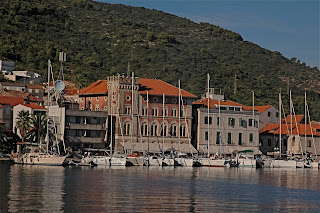James A Garfield 's connection with Poe
Garfield’s widow, Lucretia, had the library built after her husband’s untimely death and it became the country’s first presidential library. The National Park Service, which now operates the home, has engaged Baltimore based actor David Keltz to perform more than four hours of Poe’s works on Thursday. Park Ranger Joan Kapasch, who has enjoyed an almost lifelong connection with the Garfield property, explained that all programming at the James A. Garfield Historic Site must have a Garfield connection. Several of Poe’s books are on the library’s shelves.
Poe, who has been widely credited with creating both the horror and science fiction genres of literature was reportedly the first American to earn his living from the written word. He served as a book reviewer and magazine editor in Richmond, Philadelphia and New York and had a difficult life, battling illness and the temptations of alcohol most of his days. He considered himself as a poet and once described “The Raven” as the most perfectly constructed poem ever written.
Sunlight streamed into the Garfield library as we entered, reflecting the brilliant fall colors outside the windows onto the furnishings and shelves of books belonging to the 20th U.S. President. Kapasch explained that the books, all originals, are not usually available for up close looks since almost everything found there can also be accessed in public libraries.
Kapasch carefully donned gloves to handle the century-old books and opened the first volume to a faceplate displaying the initials of Lucretia Garfield. The book also carried a likeness of Poe, an early photograph in a volume dated to 1880, a year before Garfield took office.
Keltz, who has committed Poe to memory, will include classic horror tales when he performs at 6 and 8 p.m. on Thursday. Only 40 people can be accommodated at each performance, but tickets remain available at $15 a person to those who reserve them at 440 255-8722.
Click to see video of Poe works in Garfield's library
 RSS
RSS












